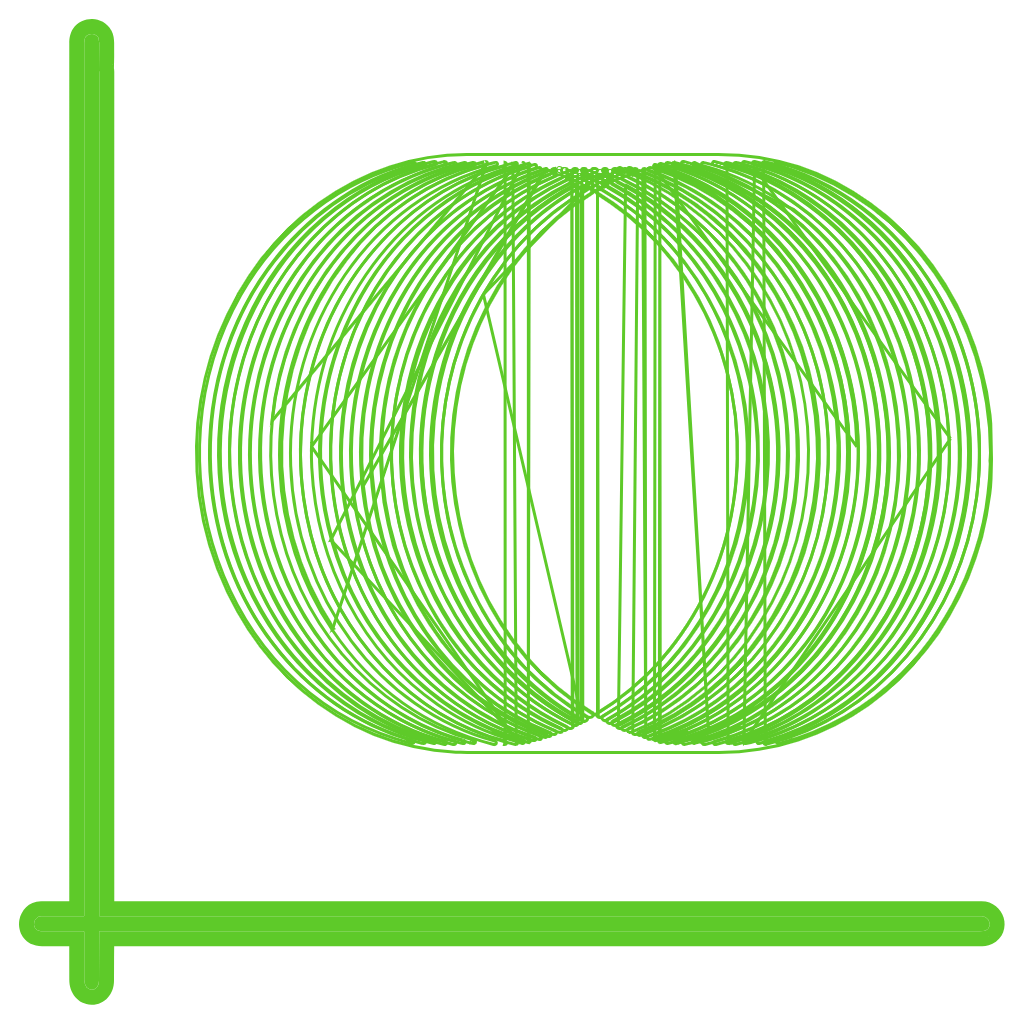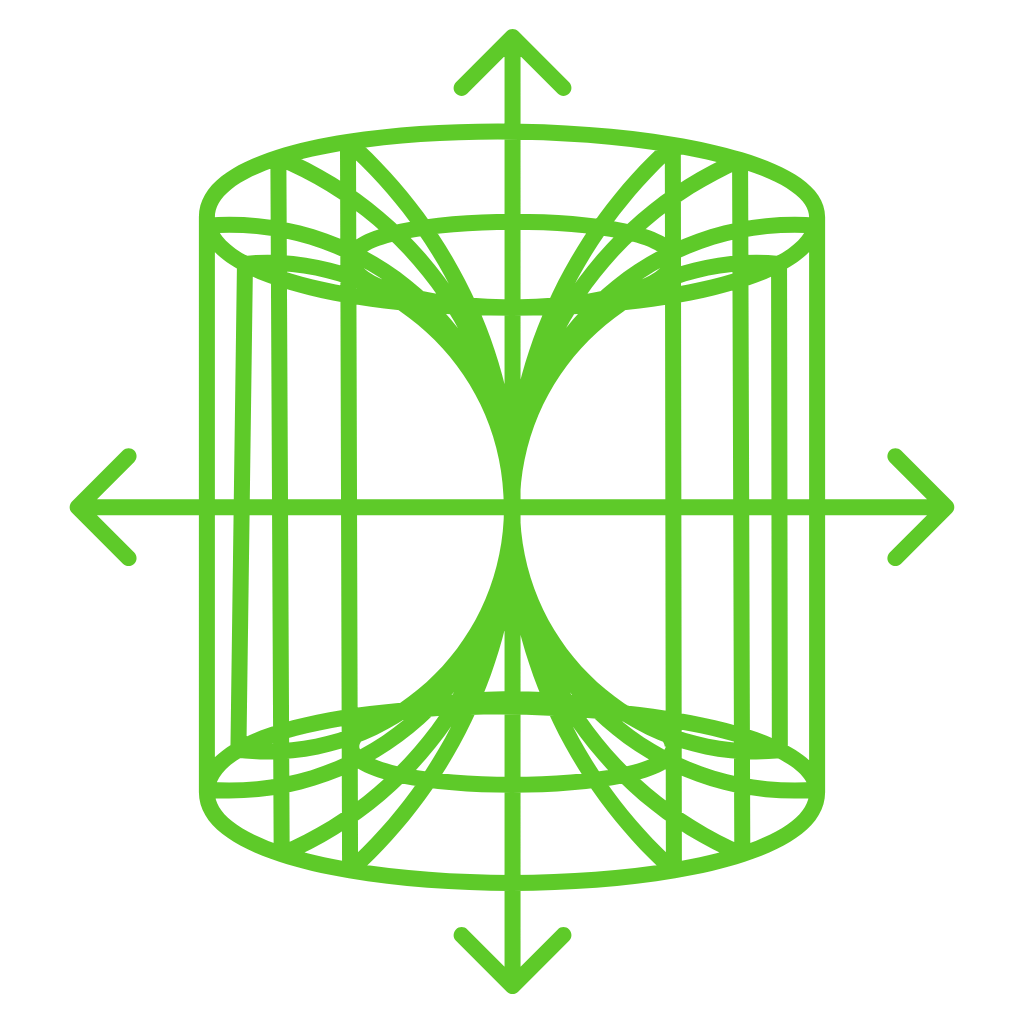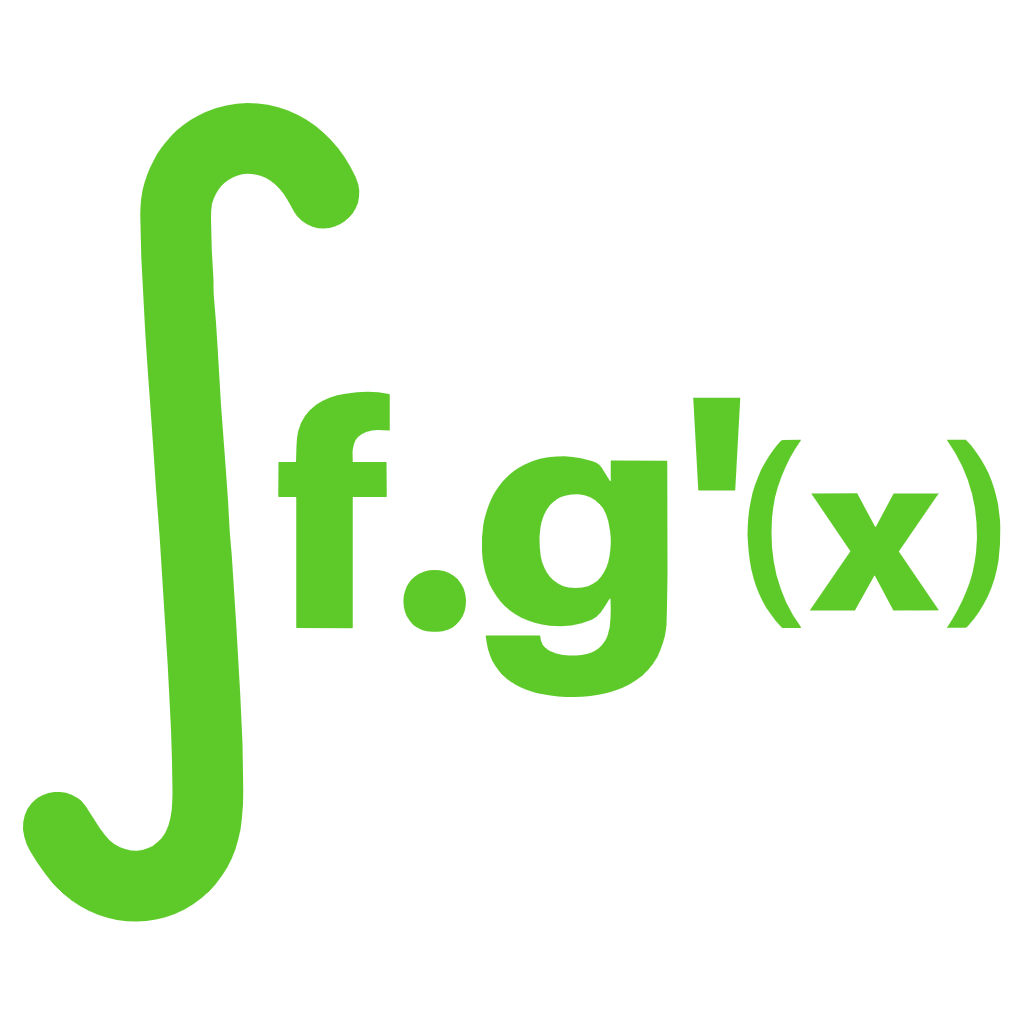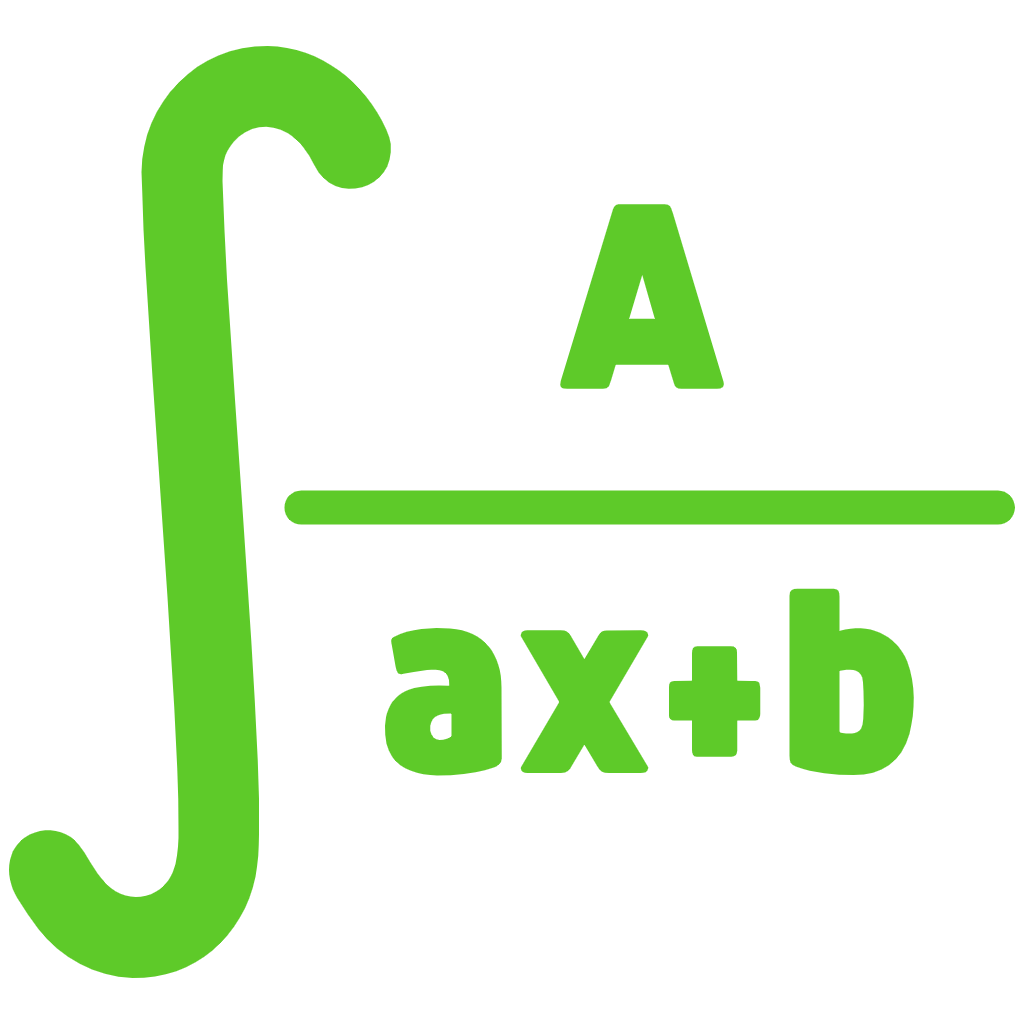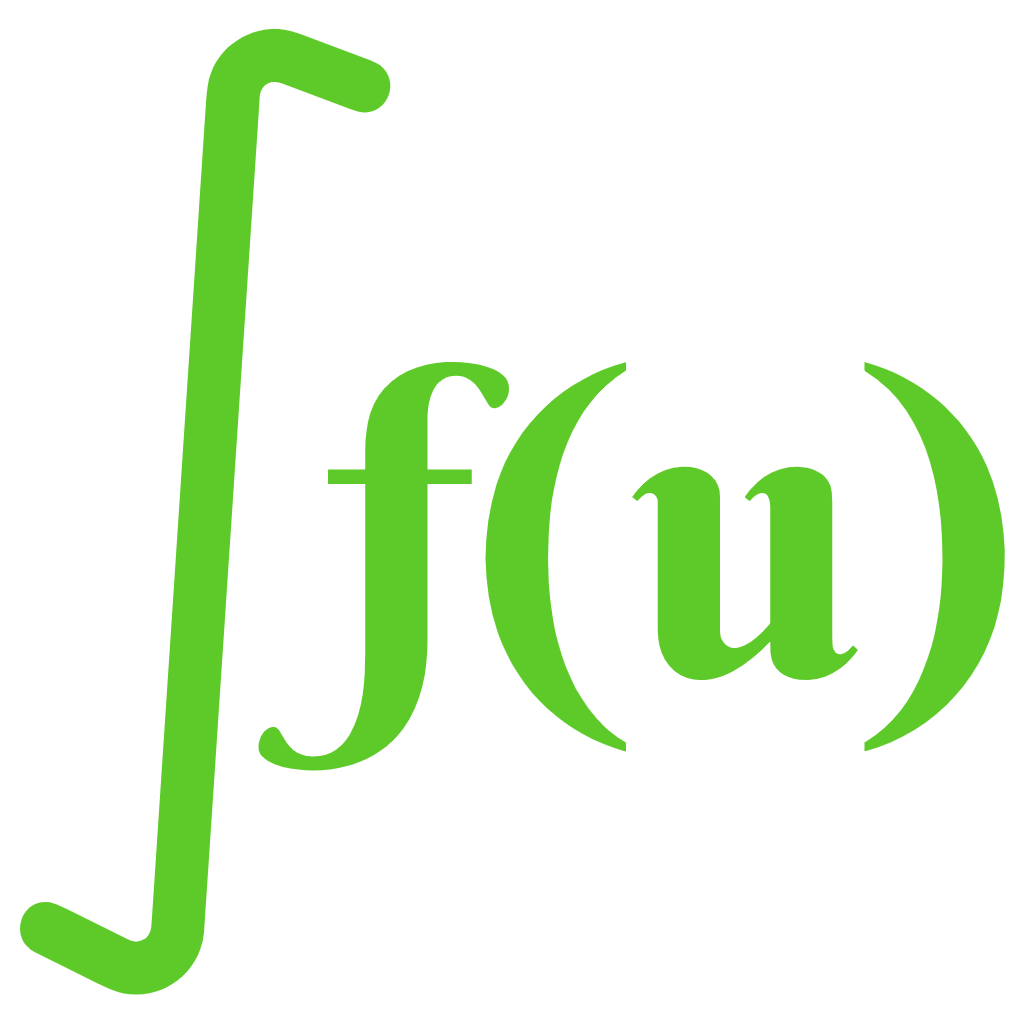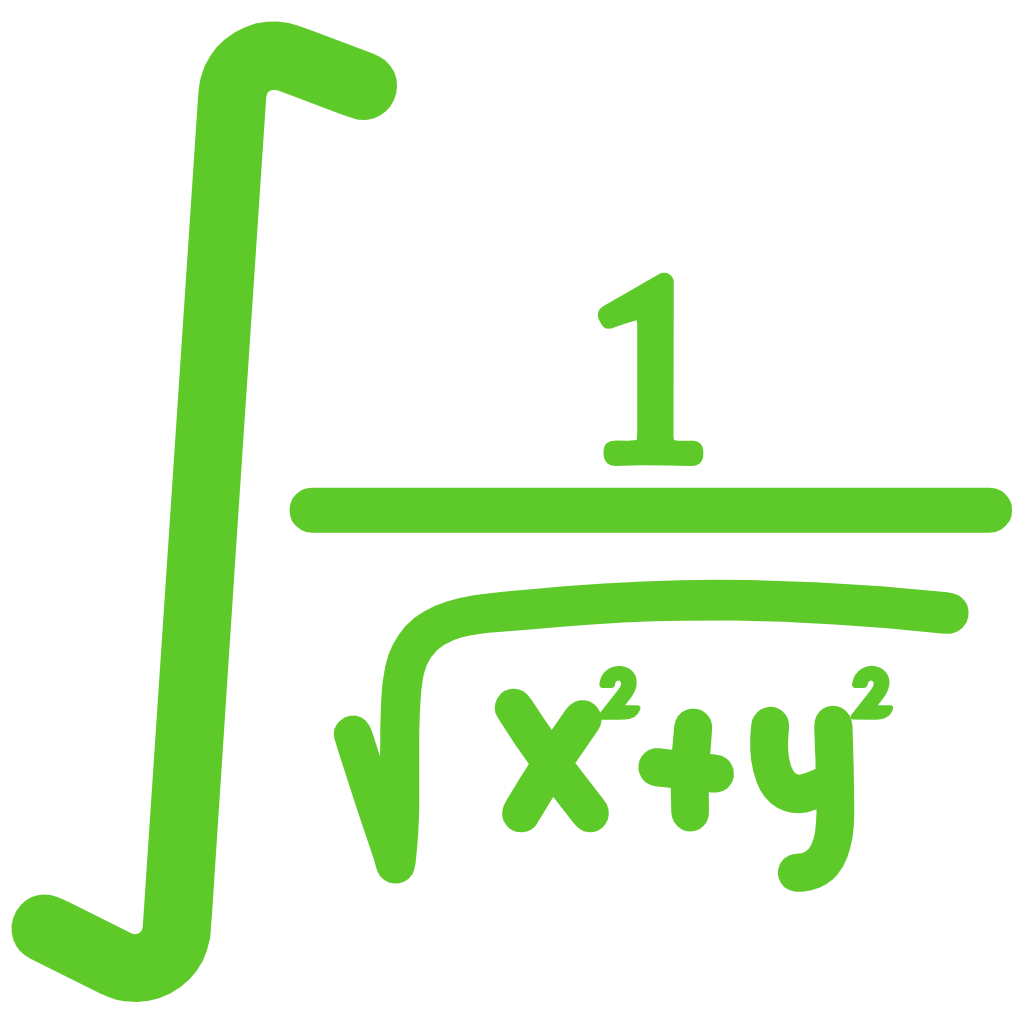Introduction to Laplacian Calculator with Steps
Laplacian calculator is an online advanced tool that is used to find complex differential equations. It determines the solving of complex equations and analyzes the differential equation along with boundary problems in less than a minute with no error.
The Laplacian operator calculator is a valuable tool for students, researchers, and professionals for doing research work, making reports, and used in telecommunication and scientific fields, and other applications of daily life.

Furthermore, the calculator's user-friendly interface makes it accessible to users of all levels, from beginners to experts. Whether you're studying Laplacian operators for the first time or using them in advanced applications, the Laplacian calculator with steps is designed to meet your needs.
Additionally, if you would like to calculate the Fourier series of the periodic function, You can use our fourier series expansion calculator. Our calculator also determines the infinite sum of complex variables of periodic functions that expand in terms of cosine and sine series.
What is the Laplacian?
Laplacian is defined as the divergence of a gradient of a scalar function. Its operator is represented ∇2f as a laplacian operator. If f( x, y, z) is a continuous and differentiated function, then the Laplacian equation of f( x, y, z) is the divergence of the gradient in 3-D.
The gradient gives the rate of change in a particular direction whereas the divergence is the flow in or out of a tiny sphere around that point used in the Laplacian equation.
The Laplacian operator finds widespread application in various fields, including physics, engineering, and image processing. Further, if you would like to explore the transformative power of the Laplacian operator and its applications in various domains. you can use our fourier transform graph calculator, which complements the study of Laplacian operators by providing insights into frequency domain analysis and signal processing.
Formula Behind Laplacian Operator Calculator
Laplacian formula depends on the gradient and divergence function to solve complex differential equations. Laplacian formula can change according to given differential equations like for cartesian, cylindrical, and spherical forms as given below.
The formula on which the Laplacian calculator with steps solves the Laplacian problems is given below,
Cartesian:
$$ \nabla^2 \;=\; \frac{\partial^2}{\partial x^2} + \frac{\partial^2}{\partial y^2} + \frac{\partial^2}{\partial z^2} $$
Cylindrical:
$$ \nabla^2 \;=\; \frac{\partial^2}{\partial r^2} + \frac{1}{r} \frac{\partial }{\partial r} + \frac{1}{r^2} \frac{\partial^2}{\partial \varnothing^2} + \frac{\partial^2}{\partial z^2} $$
Spherical:
$$ \nabla^2 \;=\; \frac{1}{r^2} \frac{\partial }{\partial r} \biggr( r^2 \frac{\partial }{\partial r} \biggr) + \frac{1}{r^2 sin \emptyset} \frac{\partial}{\partial \emptyset} \biggr( sin \emptyset \frac{\partial}{\partial \emptyset} \biggr) + \frac{1}{r^2 sin^2 \emptyset} \frac{\partial^2}{\partial \varnothing^2} $$
Whereas,
For more advanced calculations related to transformations, such as the Laplace Transform, you can also utilize our laplace transform piecewise calculator. Our calculator provides a powerful tool to convert functions from the time domain to the frequency domain, facilitating analysis in fields such as control systems, signal processing, and circuit analysis.
- ∇2f: Laplacian operator in function f(x,y,z)
- /x: partial differential along the x-axis
- /y: partial differential along the y-axis
- /z: partial differential along the z-axis
- r: the radius in both cylindrical or spherical system
- sin: the direction of the Laplacian problem.
Working of Laplacian in Spherical Coordinates Calculator
The Laplacian operator mask calculator uses the simplest method to calculate the complicated different equations whether it is present in parametric or algebraic equations. Resultantly it gives you precise solutions according to your given input so that you can easily understand this Laplacian concept.
When you give the different equations as input in our Laplacian vector calculator, it will analyze whether the differential equation is parametric or algebraic. After identifying, it applies the Laplacian formula to find the divergence.
You can solve three different types of systems (cylindrical, spherical, and cartesian equations) using the Laplacian calculator for three dimensions. Let's discuss these cases one by one to check the working process.
- For Cartesian
If the differential equation is in cartesian form then it simply takes the gradient of f(x,y,z) and gives the solution.
- For Cylindrical
If the given input function is in cylindrical form(r,φ,z) then the calculator does some extra calculations along with divergence. For it first finds out the radius of a function if it is not given from
$$ r \;=\; \sqrt{x^2 + y^2 + z^2} $$
then it applies a cylindrical Laplacian form to give you an accurate solution.
- For Spherical
If the given input function is in spherical form (θ,r,φ) then the laplacian of a vector calculator first finds the sinθ and r 2= x2 + y2 + z2 then add these values in the spherical Laplacian formula. It will give the solution of the spherical Laplacian equation immediately.
For more calculations related to transformations, such as the Z Transform, you can also use our z transformation of functions calculator to simplify your computations further. The Z Transform Calculator allows you to convert discrete-time signals from the time domain to the frequency domain, facilitating analysis in areas like signal processing, control systems, and more.
Let us discuss an example with the solution of the Laplacian function to observe the Laplacian in spherical coordinates calculator working process for better understanding.
Example of Laplacian Problem:
The solution of the Laplacian problem is given below to let to understand the manual calculation. Although the Laplacian calculator with steps is here to help you but it is also important to know the manual calculations.
Example:
Calculate ▽f using the Laplacian method.
Solution:
Now we have to evaluate ▽f, so:
$$ \nabla^2 f \;=\; \frac{\partial^2 f}{\partial x^2} + \frac{\partial^2 f}{\partial y^2} + \frac{\partial^2 f}{\partial z^2} $$
As we know:
$$ f \;=\; 3x^3 y^2 z^3 $$
Putting the value in the equation:
$$ \frac{\partial^2 f}{\partial x^2} (3x^3 y^2 z^3) + \frac{\partial^2 f}{\partial y^2} (3x^3 y^2 z^3) + \frac{\partial^2}{\partial z^2} (3x^3 y^2 z^3) $$
$$ \frac{\partial }{\partial x}(9x^2 y^2 z^3) + \frac{\partial }{\partial y}(6x^3 yz^3) + \frac{\partial }{\partial z}(9x^3 y^2 z^2) $$
$$ 18xy^2 z^3 + 6x^3z^3 + 18x^3 y^2 z $$
Extracting the common factors,
$$ \nabla^2 f \;=\; 6xz \biggr( 3y^2 z^2 + x^2 z^2 + 3x^2 y^2 \biggr) $$
$$ 6xz \biggr( 3y^2 (z^2 + x^2) + x^2 z^2 \biggr) $$
Thus it is the final solution of our function with specific limits. Solve this example further, you can apply the inverse Laplace transform. This will convert the given expression from the Laplace domain back to the time domain. You can use our laplace transform inverse calculator to perform this conversion efficiently.
How to Use the Laplacian Calculator
The laplacian operator calculator has a user-friendly interface so that you can use it to calculate the gradient function in a fraction of a second. Before adding the input value to this calculator, you must abide by some simple steps so that you do not face any trouble in its operation. These steps are:
For integral calculations, you can visit our find integral online to solve integration problems efficiently. Additionally, our integral calculator provides step-by-step solutions for better understanding.
- Enter the complicated differential equation in the input box
- Click the calculate button to get the desired result of your equation
- If you want to try out our calculator first then you can use the load example that gives you better clarity about its working process.
- Click on the Recalculate button to get a new page for solving more laplacian problems
Outcomes from Laplacian Operator Mask Calculator
Laplacian Calculator gives you the solution of a given Lapliacan problem when you add the input to it. It provides you with solutions in a step-wise process in less than a minute. It may contain as:
- Result option gives you a solution for the Laplician question
- Possible step provides an evaluation process for the Laplacian problem in a step-by-step process
- Plot option draw a graph according to the result of the differential equation
Advantages of Laplacian Vector Calculator
The Laplacian in spherical coordinates calculator provides tons of advantages while you are using it to calculate the Laplacian problems. You do not need to do any type of calculation just add your function to our calculator and the result will appear on the screen as an output. These advantages are:
For an extensive collection of mathematical tools and calculators, including integral calculators, visit our all calculators section.
- Laplacian operator mask calculator saves your time and effort from doing complex computations manually.
- Our tool can handle a wide range of different equations and boundary problems in three-dimension
- It always provides accurate results every time with minimum error in evaluation because it is a reliable tool
- It has a simple design that helps you to easily operate the evaluation of differential equation
- The laplacian of a vector calculator is a free tool you do not need to pay any fee for its premium subscription
- You can use our Laplacian calculator with steps to practice solving complex differential equations.







